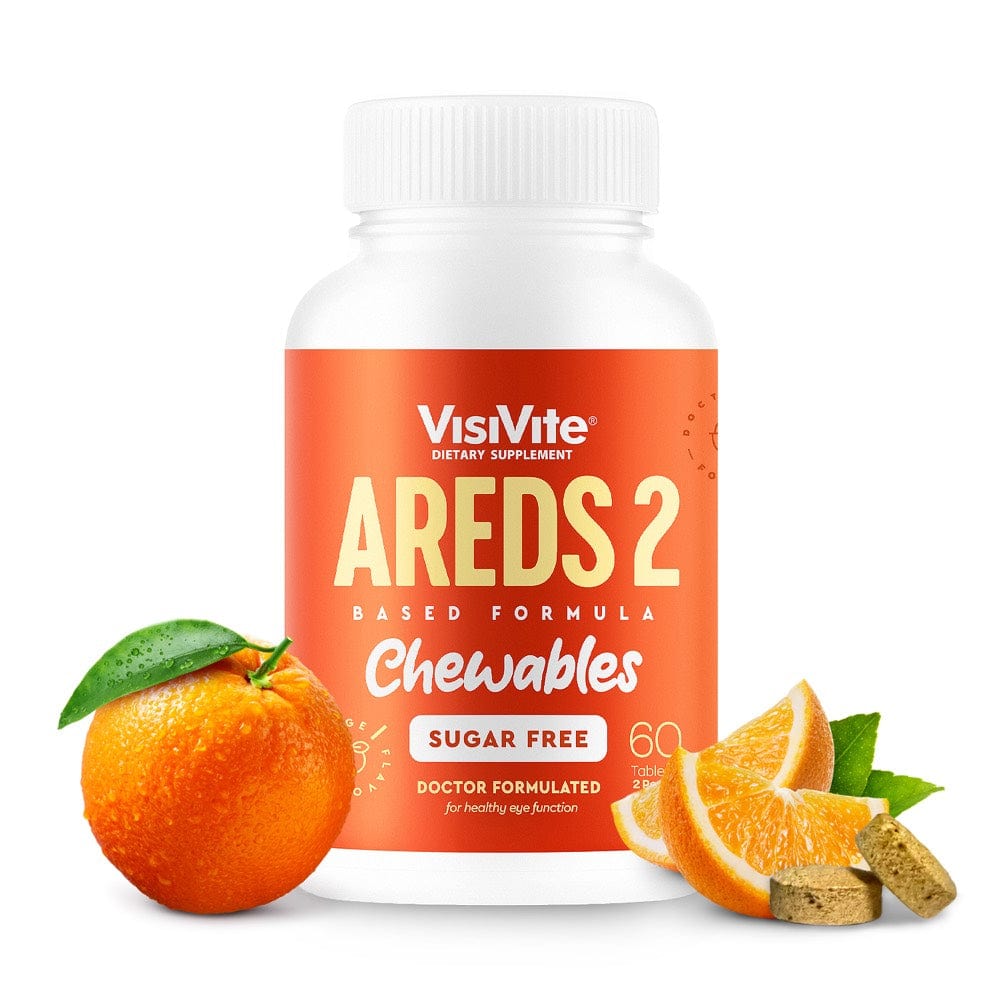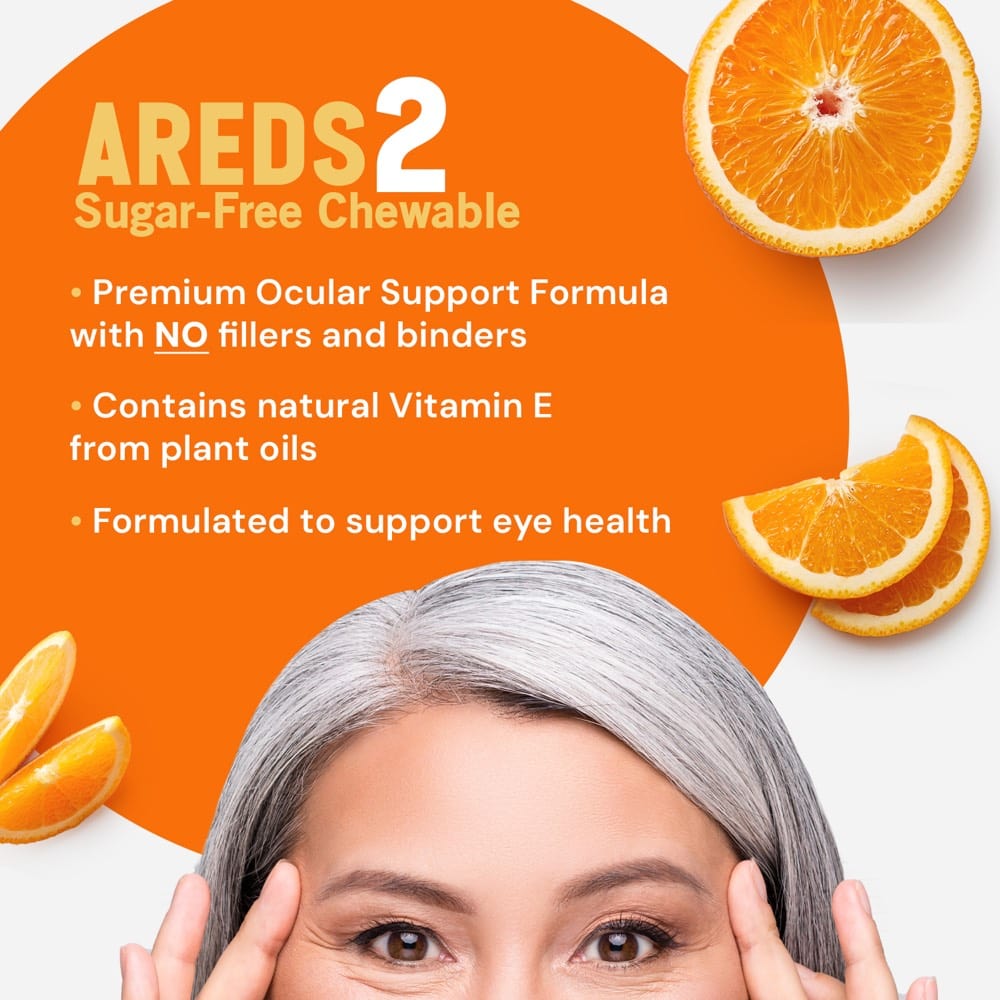Dr. Paul Krawitz, President and CEO of VisiVite and ophthalmologist would like to address these concerns. Dr. Krawitz points out that cupric oxide (also known as copper oxide) was the form of copper used by the United States National Institutes of Health in both of their Age-Related Eye Disease Studies (AREDS and AREDS2).
Dr. Krawitz notes, "The study found cupric oxide to be safe and effective for its purpose of reducing zinc-induced anemia. Over 10,000 patients were used in the study and not one suffered any side effects from using cupric oxide."
In addition, Dr. Krawitz emphasizes, "The National Institutes of Health Office of Dietary Supplements (https://ods.od.nih.gov) has stated that meritless articles without facts continue to be published about nutritional supplements. Despite articles in the lay press promoting certain forms of mineral forms over others, there is no evidence in the scientific literature that one form is any more effective or has fewer side effects than any other." As always, when gathering information on the internet in regards to supplements, use a 'healthy dose' of skepticism and check the sources and the facts related to the article.
Dr. Krawitz encourages you to consult your physician with any concerns or questions that you may have.














